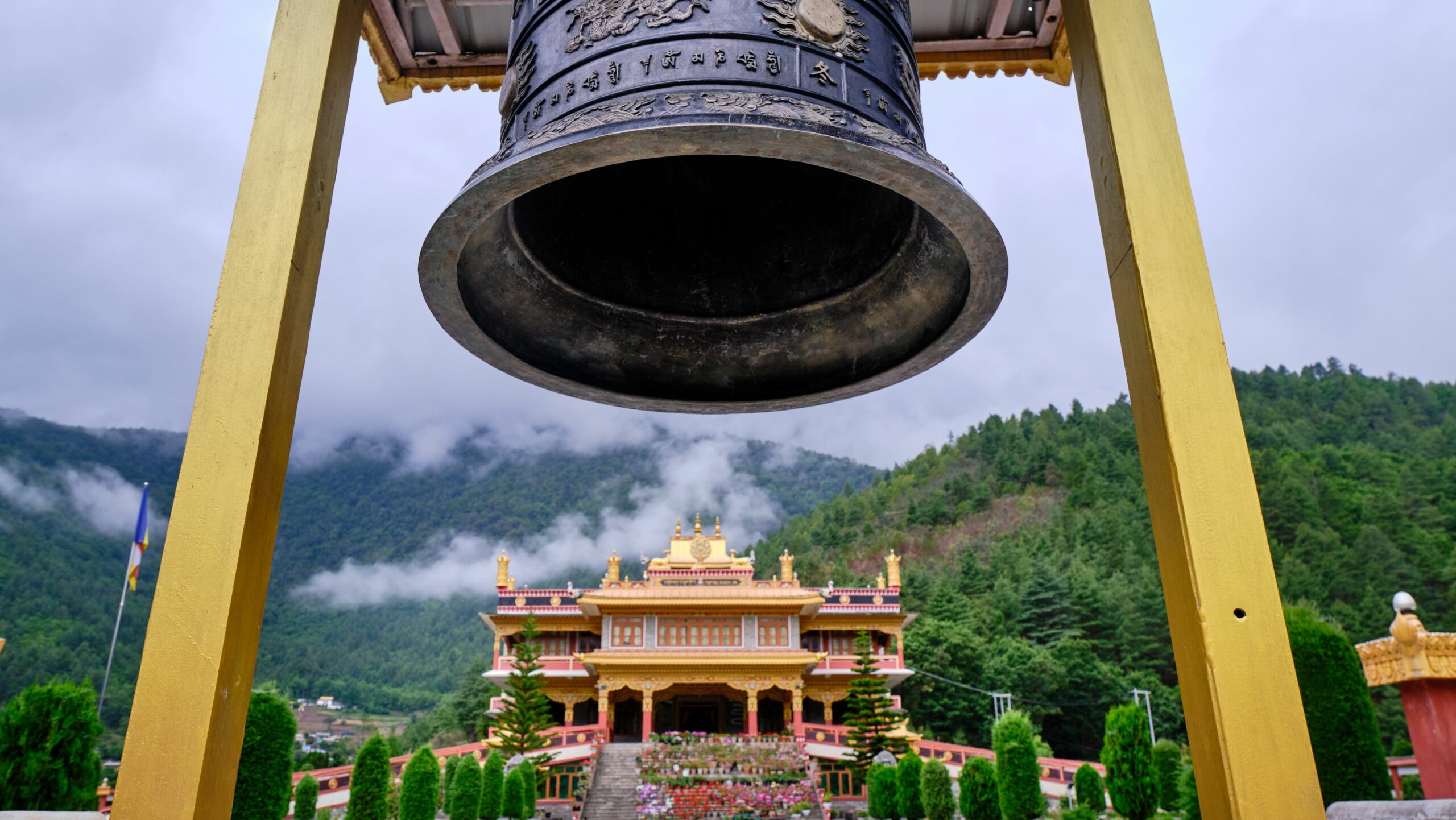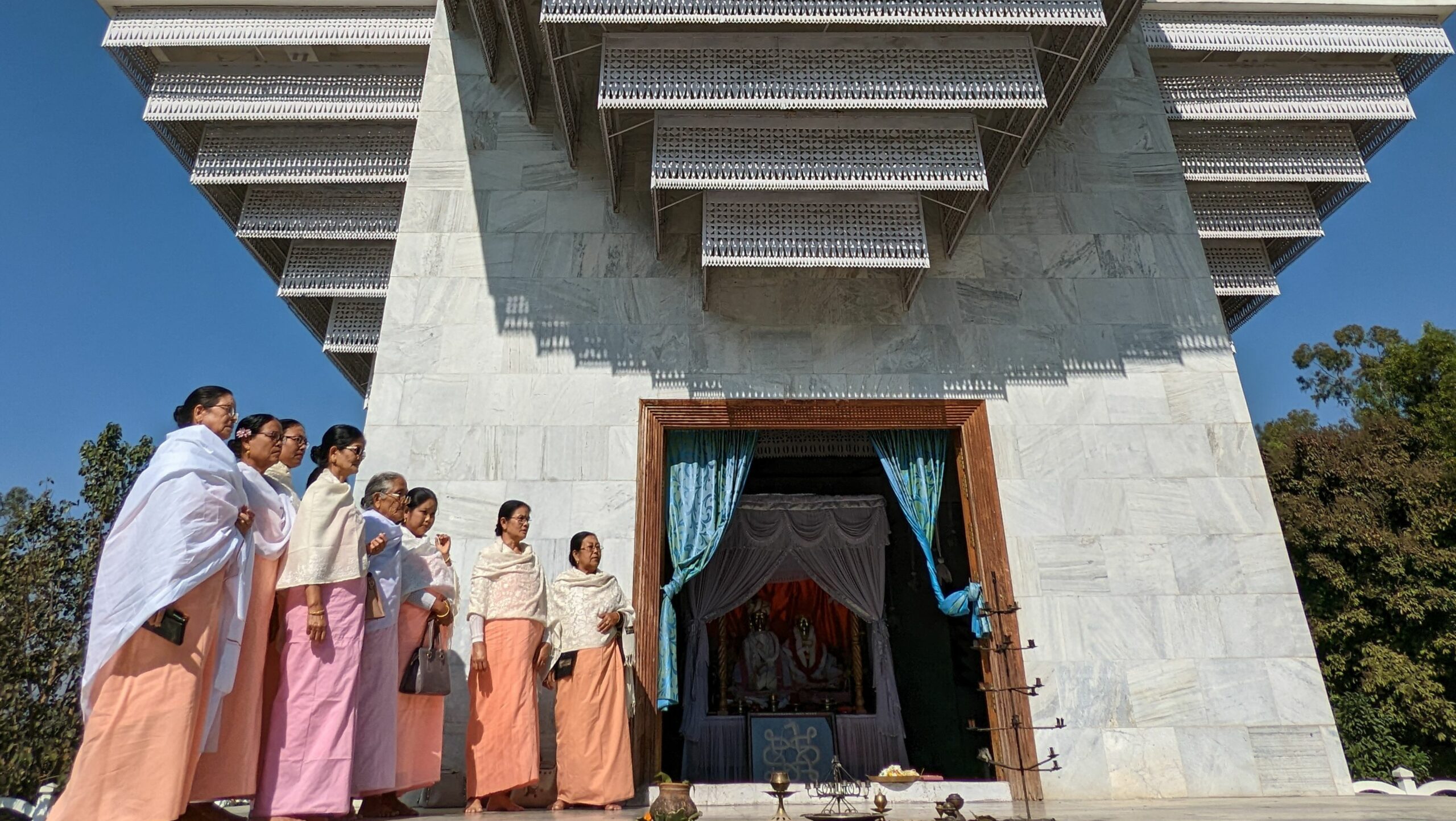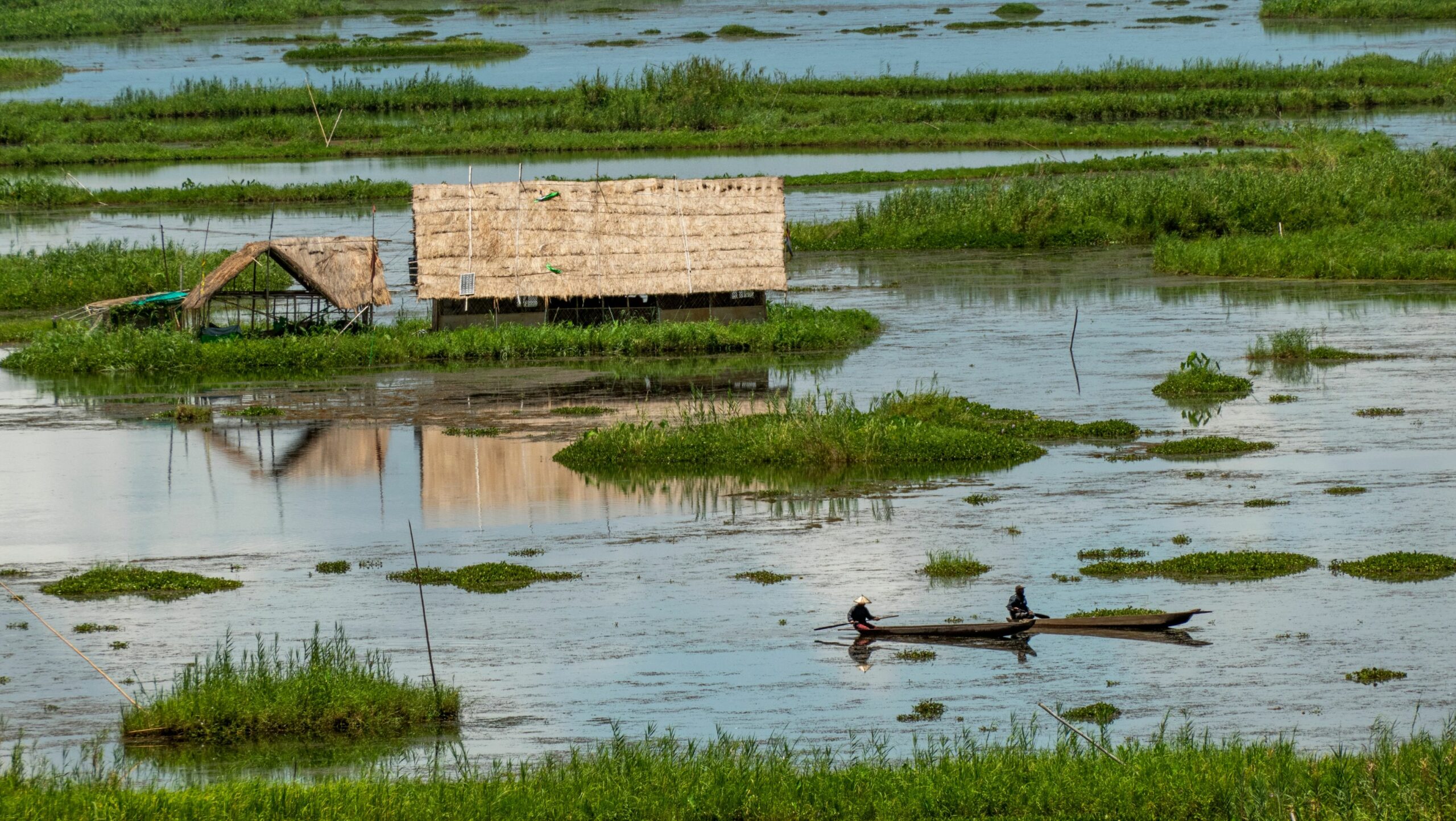
Highlights
Aizwal – A beautiful hill city, Aizawl is the capital of Mizoram. Flanked on the north by the lofty peaks of Durtlang, the hill city is set on ridges of steep hills overlooking the sylvan valley of the river Tlawng in the west and of the river Tuirial in the east and south. Aizawl literally means “a field of wild cardamom.
Ujjayanta Palace – The gleaming white Ujjayanta Palace located in the capital city of Agartala evokes the age of Tripura’s Maharajas. It is a unique experience to witness living history and royal splendor within the walls of the palace.
Sepahijala Wildlife Sanctuary – This wildlife sanctuary is the habitat of different species of primates like Rhesus Macaque, Pigtailed Macaque, Capped Langur, Spectacled Langur, Slow Loris and several other wild animals like leopard, Clouded leopard, Jungle fowl, civets and Barking Deer.
Kangla Fort – Kangla Fort is regarded as a sacred site by the Meitei community. It was also the seat of power for the kings of Manipur and subsequently for the British. The grounds are beautiful with lovely examples of varied architecture and a museum
Loktak Lake – The largest freshwater lake in India is covered with organic biomass known as Phumdis.
Unique to this lake, these phumdis are large floating biomass matter, and help provide livelihood for as many as 4,000 fishermen and their families, who live along the lake in small huts.
IMA Market – The 300 years old IMA Keithel, popularly known as the ‘Mother’s Market’ is one of the largest markets run entirely by women in the world.
Khonoma Village – Khonoma has traditionally been a warrior village with a proud history of battle prowess and a few incidents with the British forces. The village has beautiful, terraced farms on one side and an Alder wood forest on the other. Khonoma has adopted a unique way of wildlife conservation that is now a model for the region
Majuli Island – Majuli is the largest river island in the world (over 350 square kms). It is home to the Mishing tribe who are always ready to share a glass of their home brewed rice beer and demonstrate their intricate weaving skills. Visit the Satras (Vaishnavite monasteries) and Mishing villages.
Kaziranga – This is the home to the One Horned Rhino along with many other animals, including tigers, elephants, panthers and bears, and more than 450 species of birds.
Dirang – Dirang is the gateway to the Sangti Vallery, it also has local hot water springs, Apple and Kiwi orchards and the National Yak Research and Breeding Centre at Nigmadung. Siberian black necked storks visit during winter.
Kamakhya Temple – The Kamakhya Temple at Nilachal hills in Guwahati is one of the oldest and most revered centers of Tantric practices, dedicated to the goddess Kamakhya
Cherrapunji – The region around Cherrapunji is synonymous with waterfalls, natural caves and forests.
Living Root Bridges – The living root bridges are a unique natural engineering technique of the Khasis and were, and remain, important for the villages in the steep valleys and mountains, helping the people connect with each other.
Mawphlang Forest – considered sacred by the Khasi, visitors to this protected forest are not allowed to take anything away from this hallowed forest, not even a pebble or a twig. Apart from some rare plants, mushrooms, and trees, the forest is also home to old coronation and sacrificial sites.
Shillong – Shillong, the capital of Meghalaya, has enjoyed a cosmopolitan essence since its beginnings. This reflects in the unique culture of Meghalaya’s scenic capital – a place where every festival is celebrated with zest and travellers will stumble across cuisines from across the country and the world. It is also known as the rock-music capital of India, which is reflected in the vibrant live music scene here.




